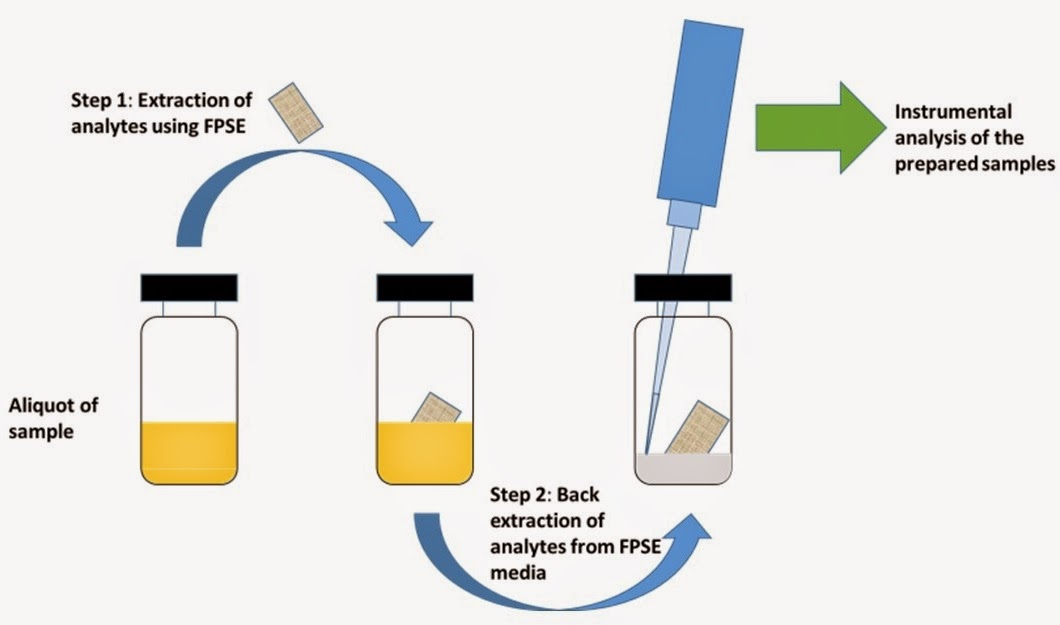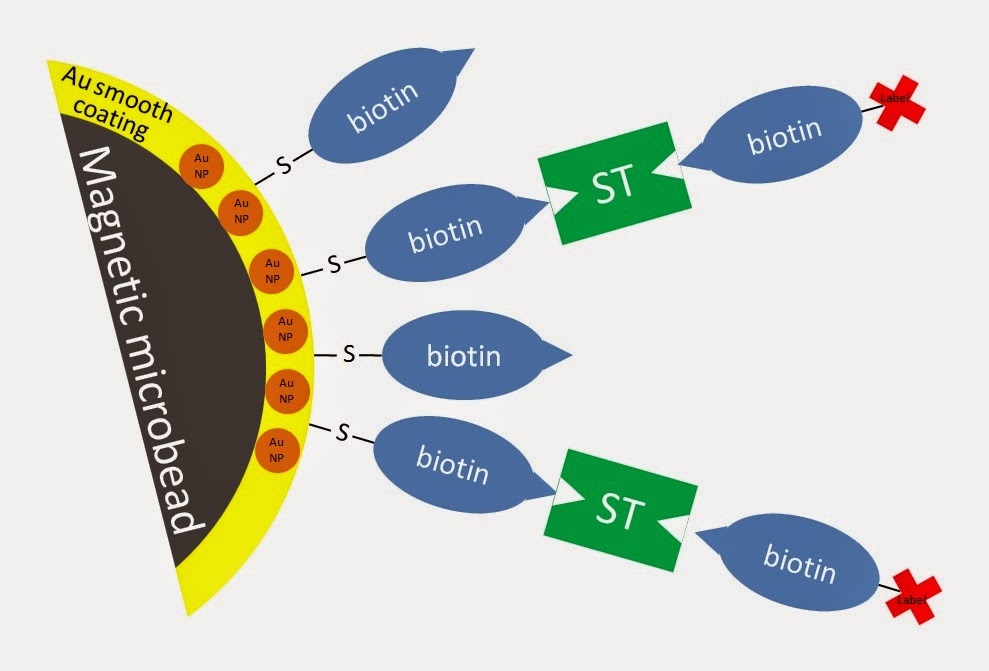Mass spectrometric analysis of surfaces by electro-focusing liquid extractive surface analysis
Surface analysis by mass spectrometry is
an interesting research topic with plenty of applications. This type of
analysis requires a previous sampling of the planar material and the
introduction of the surface components on the mass spectrometer. As the readers
know, there are different alternatives in this context, matrix-assisted laser
desorption ionization (MALDI) being one of the most known. However, the mass spectrometric
analysis of a surface can be also performed by direct contact liquid
interfaces. These approaches consist of a special interface that allows the
direct contact of a liquid phase (of defined chemical characteristics) in the
form of a drop with the surface. This drop is capable to extract some of the
compounds deposited on the surface. After a defined sampling (or extraction)
time, the drop is retracted and sent to the MS for further analysis.
Chromatographic techniques can be used when selectivity issues appears due to
the sample complexity.
The spatial resolution (referred to the
superficial area analyzed) is a critical aspect in such analyses and it
directly depends on the drop size and shape. AG Berton and AR Godfrey,
researchers from the Swansea University at UK, have recently presented in Analytical Chemistry the potential of
electro-focused liquid extractive surface analysis (EF-LESA) coupled to mass
spectrometry. EF-LESA interface, which is depicted here, allows the modification of the drop size and
shape forming a conical liquid tip with enhanced spatial resolution (0.093 mm2).
The interface consists of a electrostatic lens system comprising three
different electrodes. This first device, which will be further developed,
develops a single sampling where the introduction of the probe solvent is
performed manually with a 500 µL syringe.
The EF-LESA presents a great potential. From
the analytical point of view, the practical use of the interface showed good
linearity, high recovery (close to 90%) and excellent sensitivity (38 fmol per
single spot sampled). In further investigations, the EF-LESA will allow the
continuous flow of the liquid phase through the interface which is essential
for on-line MS operation.
We strongly recommend the reading of the
manuscript where the interface and its application is completely described. The article is freely available on internet since it has been published under the "ACS Author Choice" format.
Reference:
(1) Electro-Focusing Liquid Extractive
Surface Analysis (EF-LESA) Coupled to Mass Spectrometry. Link to the article



Comments
Post a Comment